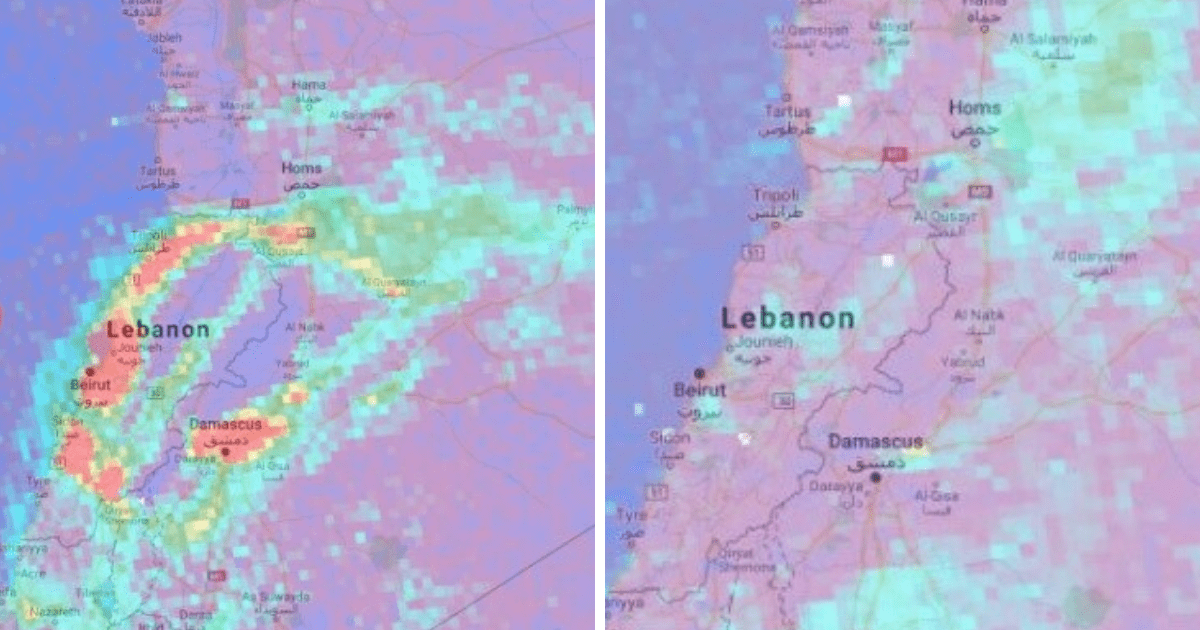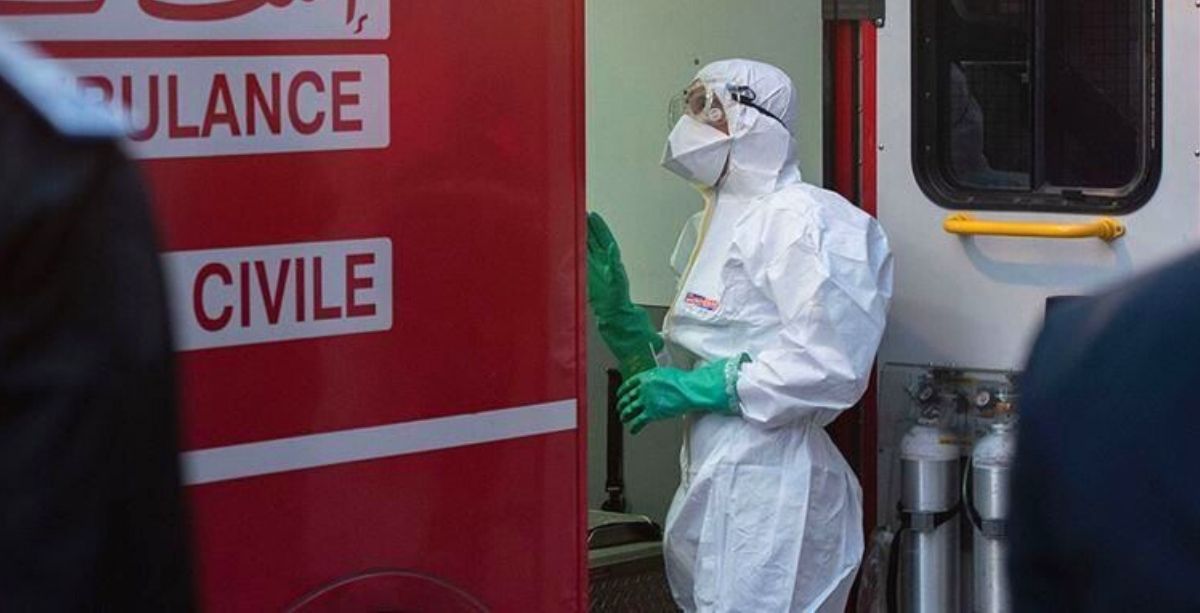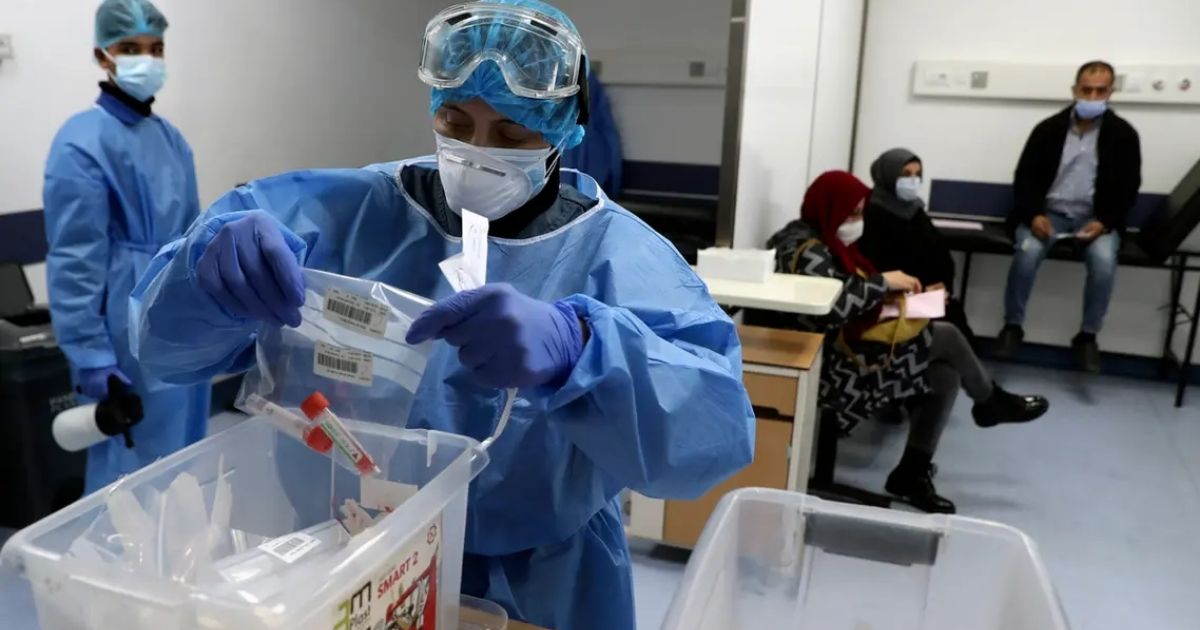You don’t need research to tell you what your eyes can see. The smog over Lebanon’s coastline has undoubtedly lifted and it shows.
People have taken to social media to express the positive side effect of the coronavirus, sharing pictures of clearer skies – which ironically, can only be enjoyed while staying at home.
There is less traffic, hence fewer fuel emissions being released into the air. “Automotive emissions [are] responsible for 50-90% of air pollution,” tweets Carla Maroun, a hydraulic and environmental engineer, and environmentalist.
By now, the world has seen satellite images of China and Italy before and after the lockdown and praised the earth for healing itself – can the same be said of Lebanon?


According to a recent article by The National, there has been a 70% drop in nitrogen dioxide from November 11th, 2019 till March 15th, 2020. Science note: Nitrogen dioxide is what gets released into the air when fuel is burnt.
In addition, since the first coronavirus case recorded on February 21st, up till March 9th, there’s been a reported 40% drop in nitrogen dioxide levels in the air above Lebanon.

However, upon looking at satellite images from the European Space Agency, it doesn’t seem like pollution over Lebanon has drastically decreased, if anything it”s actually increasing.
You can see in the video below that Lebanon (bottom right corner) remains orange-tinted as Italy drastically improves.
This could be due to the fact that we here rely heavily on diesel generators to make up for daily electricity cuts. Despite talks and failed plans to make electricity available to everyone all the time, Lebanon has not had 24-hour electricity since the end of the civil war.
Najat Saliba, an atmospheric chemist, professor, and director of AUB Nature Conservation Center, says 60% of Lebanon’s pollution comes from traffic, while the rest is a result of fuels emitted by diesel generators.
She holds that pollution is expected to decrease, but not at impressive values like in Italy. She adds that we can’t really measure how much it’ll decrease because the Environment Ministry no longer has funds to monitor the pollution.
Diesel emissions are known to contribute to the development of many health problems including cancer, heart, and respiratory issues.
Looking at it that way, coronavirus seems to be the least of our problems. Heavy pollution in such a small region of land inevitably affects everyone’s health and, in process, can hinder the body’s ability to fight the coronavirus.
Furthermore, prior to the lockdown, WHO estimated that the air above Beirut has three-times the safe level of concentration of cancer-causing particles.
In conclusion, the health of the Lebanese people is at risk, whether at the hands (or sticky spikes) of the coronavirus or at the extremely high levels of slowly killing chemicals in the air we breathe.
We have a dedicated coronavirus section where you can find the latest news/updates about the pandemic in Lebanon, inform yourself with WHO-verified resources, and track the number of cases in Lebanon in real-time. Click here.












